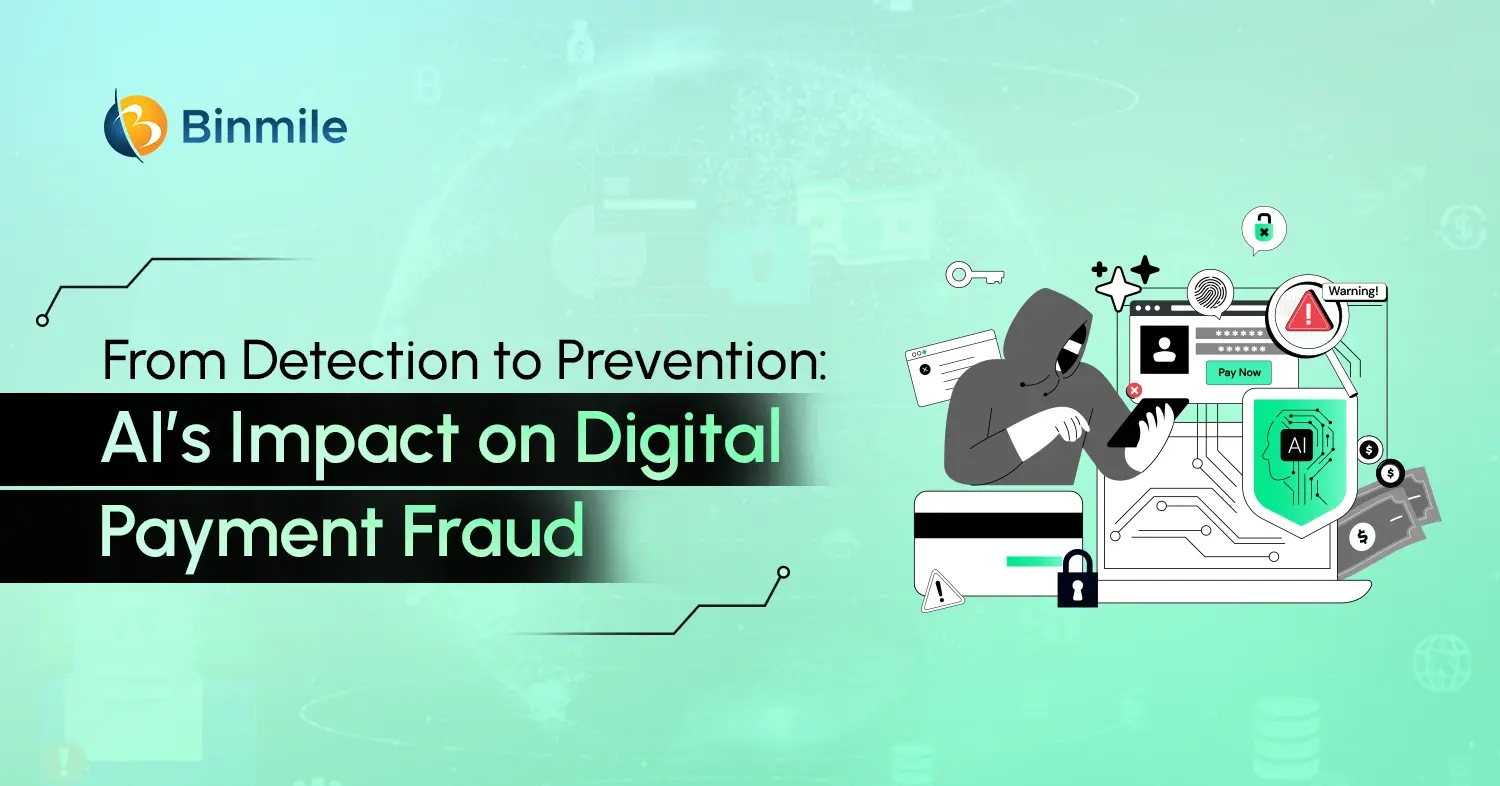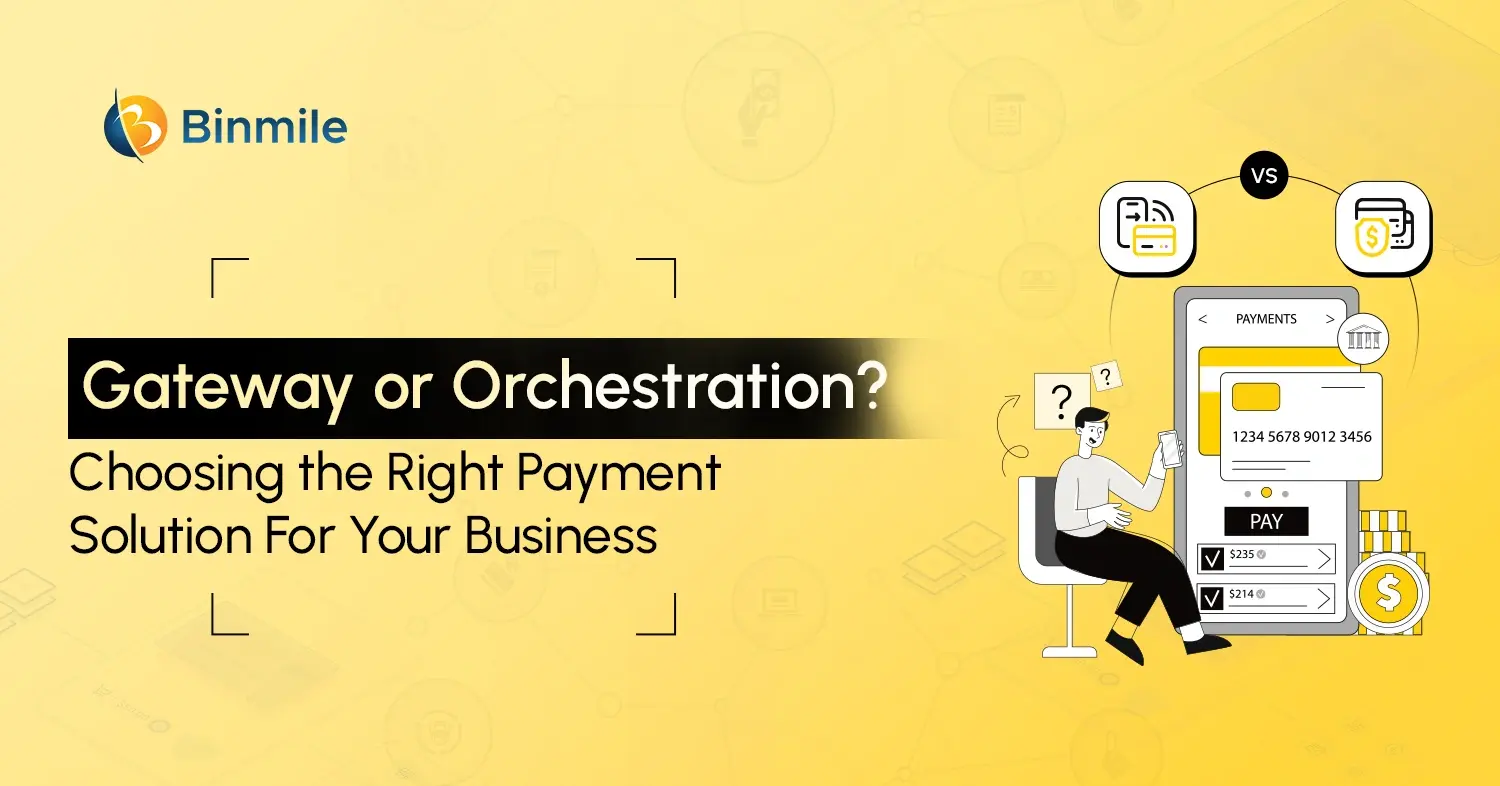Since the global epidemic kept the majority of people at home, the necessity for good customer-business communication has become louder and more crucial. Industry standards have urged companies to build chatbots in order to match the customization and immediacy demands of today’s consumers. Chatbots are primarily designed computer programs that can simulate human conversation. Commonly used to automate customer service or sales tasks, chatbots are also used for purposes such as providing information or promoting a product or service.
Chatbots have become increasingly popular among businesses as a way to automate customer service and support. According to Gartner, around 70% of businesses are on the way to creating chatbots for their own business by 2022. For businesses looking to get ahead of the curve, exploring the use of chatbots is a worthwhile exercise.
What is a Chatbot?
Chatbots are specially designed conversational software that can mimic human interaction as and when needed. With the help of natural language processing and artificial intelligence, chatbots are able to understand and respond to customer queries in real-time. In addition to improving customer satisfaction, it can reduce the need for human intervention. Furthermore, chatbots can also aid in collecting data about customer behavior, which can be used for marketing and product development making way for positive growth prospects.
According to the latest data, chatbots can handle 68.9% of conversations from beginning to conclusion without the assistance of human agents. In real-time, despite the best efforts to maintain human-to-human interactions, bots consistently outperform people in online business.
The main reason why businesses need to scale up their chatbot game is to provide customers with quick service as and when needed. The main reason customers use chatbots is to receive faster response times, putting emphasis on the technology’s primary advantage over actual human interactions. According to Drift, this is significant given that 45.9% of consumers currently anticipate an instant answer from chatbots when they ask a question.
Key Benefits of Developing AI-Powered Chatbots
The primary task of using a chatbot is to assist a company in providing personal attention to its customers based on interaction and experience. It is estimated that by 2023, chatbots will aid customers in economizing around 5 billion hours through software interactions.
- Personalized Service: Customer service chatbots direct the customers and visitors to the targeted points based on customer data and interaction. Chatbots offer all the needed information about any item or service, interacts with the customer, and provide due support for a positive customer experience.
- Provides Better Insight: The interactions between the chatbots and the customers often help a business gain a clear insight into the type of products or services the customers are looking for. With the collected data, a business can improve its service and provide customers with an optimal experience.
- Boost Sales: Chatbots assist in increasing conversions and maximizing total sales potential. While guaranteeing a positive customer experience, they can assist a business in generating worthwhile leads.
- Round-the-Clock Availability: Statistics indicate response rates from chatbots can reach as high as 80–90% when audiences are more engaged. As more and more services are ordered online, consumers want the website to be accessible 24 hours a day. In response to customers’ requests, chatbots can respond at any time.
- Cost Effective: Businesses spend $1.3 trillion annually on human agents to respond to customer requests. It is estimated that automating the response process will save nearly $8 million by 2022.
Chatbots Working Model

Different Types of Chatbots
There are a number of different types of chatbots, each with its own strengths and weaknesses. Some chatbots are better at handling mundane tasks, while others are better at engaging in conversations. Some chatbots are designed for customer service, while others are designed for sales or marketing. Here is a brief overview of some of the most popular types of chatbots –
1: Rule-Based Chatbots
These chatbots are focused on completing specific tasks, such as booking a hotel room or ordering a pizza. They rely heavily on pre-programmed responses and may not be able to handle more complex requests. Mostly used by small businesses, these chatbots can follow various rules and accomplish tasks based on specific rules.
2: AI/NLP-Based Chatbots
The AI-powered chatbot can evaluate the context and provide answers without using a predefined script. A chatbot of this type develops on its own, producing more sophisticated and tailored conversations as it learns from prior responses kept in the database. Natural Language Processing, or NLP, is a crucial part of AI chatbots since it enables them to understand human speech and reply accordingly. They can even deduce the user’s purpose.
3: Conversational Chatbots
These chatbots are designed to mimic human conversation, making them ideal for tasks such as customer service or sales. They often use artificial intelligence (AI) to generate realistic responses and can handle more complex requests than task-oriented chatbots.
4: Customer Service Chatbots
These chatbots are designed specifically for customer service applications, such as handling customer complaints or providing product recommendations. They often use AI to generate realistic responses and can handle more complex requests than conversational chatbots.
5: Sales and Marketing Chatbots
These chatbots are designed specifically for sales and marketing applications, such as generating leads or providing product recommendations. They often use AI to generate realistic responses and can handle more complex requests than customer service chatbots.
Also Read : Build Operate Transfer (BOT)
How Chatbot Architecture Works
The foundation of any chatbot is its architecture. The chatbot’s design depends on a number of variables, including the use case, the domain, the type of chatbot, etc. But the fundamental structure of the discourse stays the same.
Let’s check out more about some of the essential elements of chatbot architecture:

1. Question and Answer System
Customer questions that are commonly asked are addressed through the Q&A system. The Q&A system analyses the query and provides appropriate answers from the base of knowledge as a response. It includes the following components –
- Manual Training: The domain expert compiles a list of frequently asked user problems and maps out the solutions for manual training. It allows the chatbot to find the responses to the most pertinent queries quickly.
- Automated Training: In order to train a chatbot automatically, business papers, such as policy papers and other Q&A-style documents, are sent to the chatbot. The engine creates a list of queries and answers based on these documents. In that case, the chatbot may respond with assurance.
2. Front-End Operations
Users engage with chatbots through front-end systems. These are client-facing platforms, including any website or mobile apps, like WhatsApp Business, Facebook Messenger, Slack, and Google Hangouts.
3. Environment
The environment primarily contextualizes user messages through natural language processing (NLP). The foundation of the chatbot architecture is the NLP Engine. Whenever users speak, the system translates their words into ordered inputs that it can process. The NLP engine compares the user’s intent to the list of supported intents for the bot using sophisticated machine learning methods.
4. Traffic Server
User traffic requests are handled and forwarded to the appropriate components by the server. The traffic server frequently routes the response from internal components to the front-end systems.
Integration With External Systems
Chatbots have become an increasingly popular solution as businesses continue to look for ways to automate and streamline their operations. Chatbots offer a number of advantages, including the ability to 24/7 customer support and the ability to handle a large volume of requests. However, one of the most powerful benefits of chatbots is their ability to integrate with external systems. Integration with external systems enables chatbots to automate tasks and processes that would otherwise require manual intervention.
The most used external systems include API, CMS Systems, CRM, and Google Services. APIs can be used to adapt to a specific website or messenger settings. APIs can work as an intermediary between chatbots and the operating platform to provide all the necessary information from the end interaction.
The CRM and CSM systems help in optimizing the cooperation processes with end users, store relevant data and manage end interactions quickly. In the case of Google services, the data placed in the database are further used by chatbots as possible answers to possible questions.
Affordable Process of Building Chatbot: Step-by-Step Guide
Businesses should concentrate on establishing a chatbot development process for a purpose-driven workflow. Planning thoroughly aids organizations in keeping their aims in perspective and coordinating the development cycle with ultimate objectives.
Following are the steps to create a chatbot customized to the needs and budget of a company:
1: Determining the Type of Chatbots Needed
Before focusing on the type of bot that would yield sizable profits, it is crucial to consider the business objectives. One can choose between having a chatbot created with pre-established requirements or using a customized AI-powered chatbot that progressively learns from data like user inputs. Customer service and data mining are chatbots’ two most crucial uses. Therefore, firms must select the right kind of bot for their specific goals.
2: Select a Channel for the Chatbot Integration
Businesses frequently select a practical medium that appeals to their target audience to communicate with a bot. Getting a chatbot for a website, smartphone app, or messenger is simple. Sometimes businesses sign up for plans that include bot integration over a variety of channels, and they request that software developers employ a similar technology stack across all channels.
3: Choosing the Correct Technology Stack
Understanding the issues that clients encounter helps developers of chatbot software make the appropriate decisions. Choose the chatbot’s technological stack in collaboration with a chatbot software development business. Software engineers need to be knowledgeable about the chosen technology stack. A stack that includes open-source and third-party libraries can make incorporating NLP into the chatbot a little easier. Additionally, the Software Creation Kit user select needs to work with the software packages they consistently utilize.
4: Designing the Flow of Conversation
Conversation flow design is indeed the primary issue of every software developer after selecting a tech stack. Numerous DIY platforms for chatbot building offer a straightforward drag-and-drop interface for creating reply flows. It is actually very easy to use an AI chatbot generator for basic tasks. However, it’s ideal for working with a software engineer if a business wants to incorporate AI skills into the chatbot. The best chatbot development business will build the bot’s front end and back end for the company.
5: Training for Chatbots
Chatbots powered by AI require data-based training. Every chatbot must determine user intent, and businesses must teach the bot about the many sets of issues a user can encounter. The bots can be trained using data sets, including email, customer tickets, and messages, as well as third-party data like NPS chat corpus, Q&A, etc.
6: Evaluating the Final Product
All businesses nowadays desire their chatbots will speak like people. Therefore, it is crucial to make sure that the development process is easy. To ensure that interactions are focused on achieving company objectives, software engineers should anticipate challenging conditions and automate gracious responses. Software developers can save time by ensuring that all endpoints are connected before deploying a chatbot.
Also Read: Chat App Development.
Take a Next Step with Binmile
Today’s consumers anticipate easy connection with chatbots through rich message features, including graphics, links, and other functionalities. Following the same, software developers frequently create chatbots to eliminate repetitive tasks like CRM maintenance and account updates, among others, in order to save time. Additionally, chatbots can collect orders and carry out some automated tasks.
With the appropriate kind of assistance, chatbot development can be successful even though it appears to be a difficult procedure. Binmile is a one-stop platform offering well-versed services to examine and improve any automation process. Leveraging the power of advanced software testing solutions, Binmile ensures a full range of quality assurance services with enhanced performance to deliver the best of the services. Build quality-assured customized chatbots as needed with automated testing services and provide your customers with the optimal user experience.









